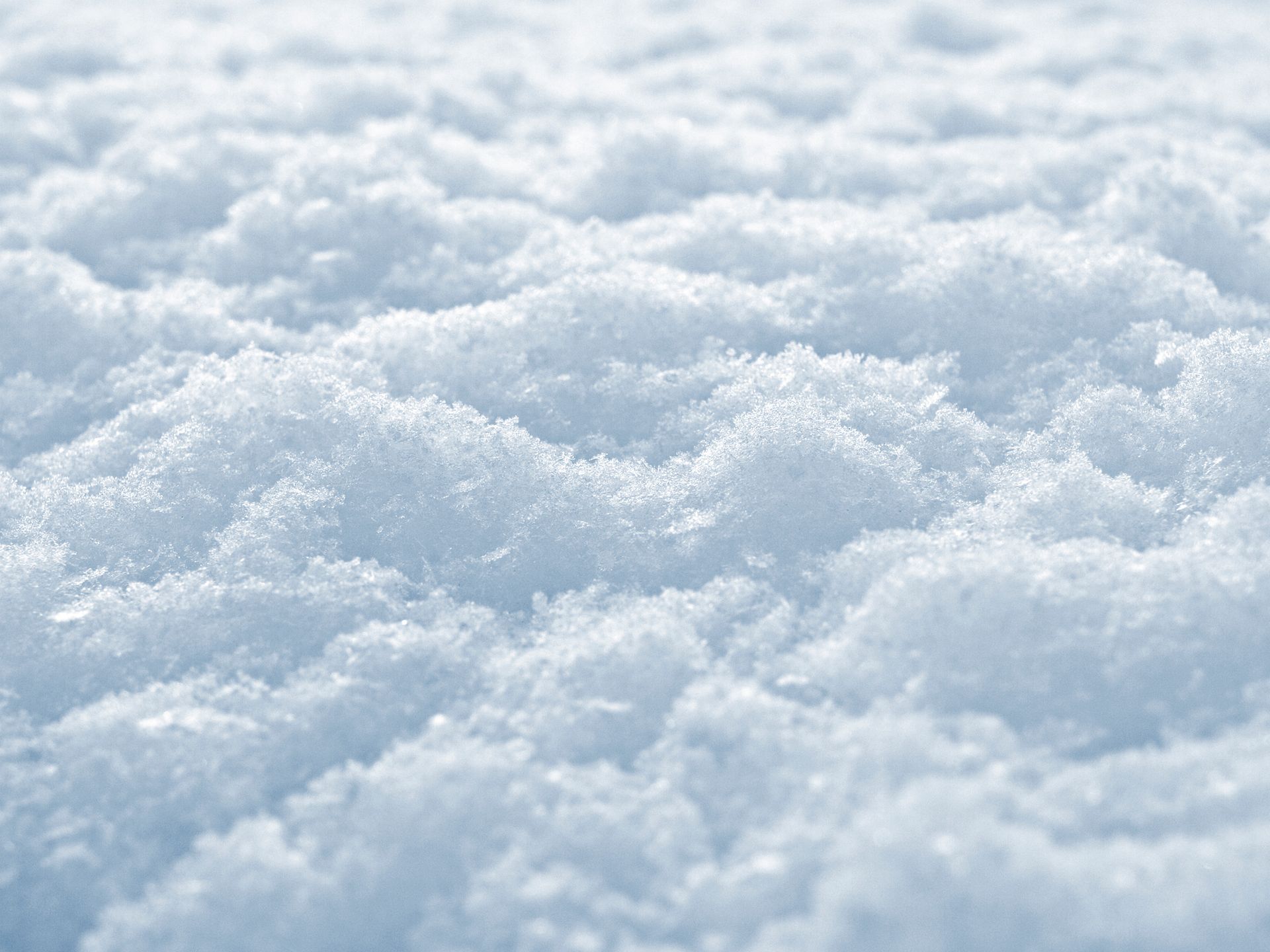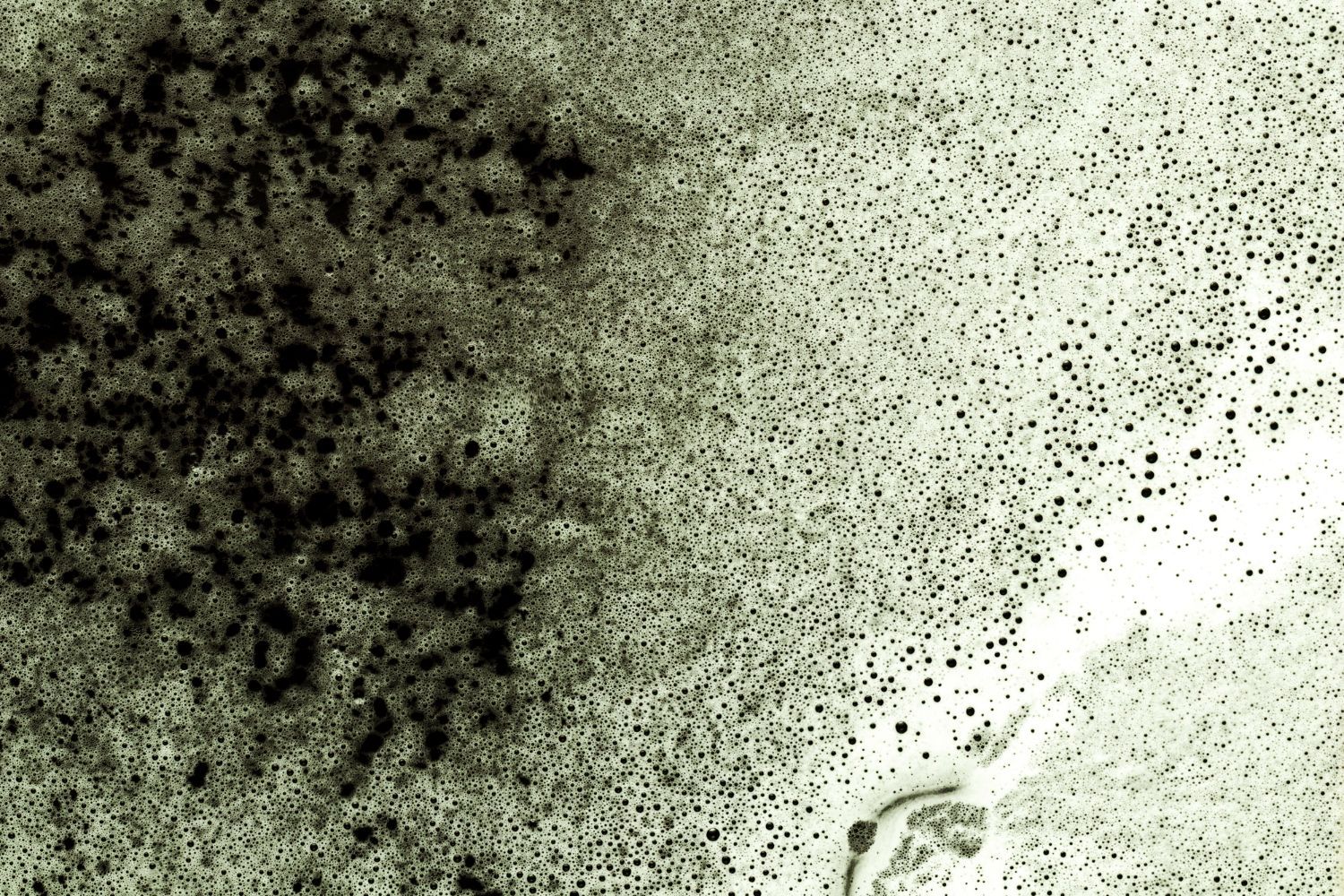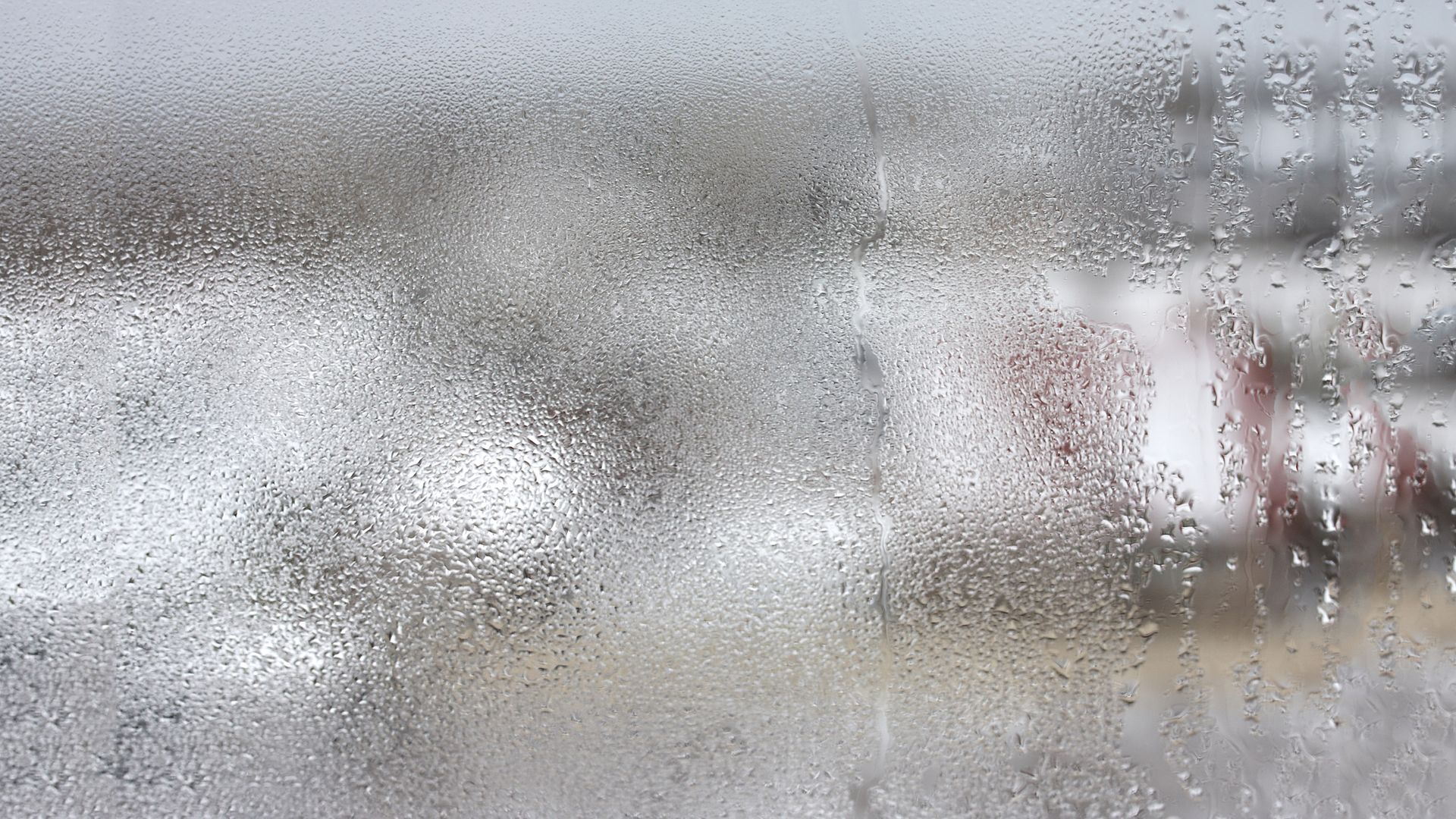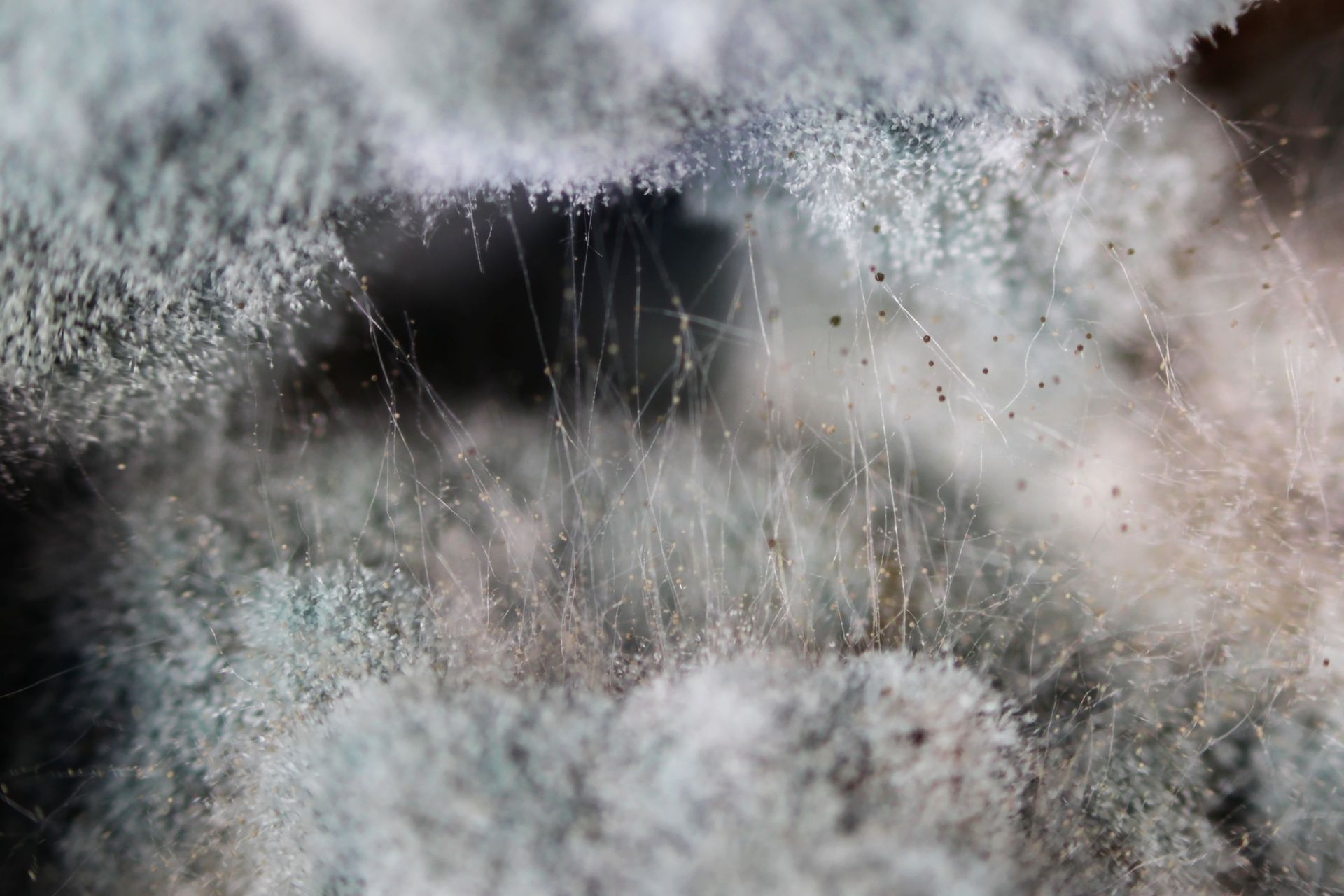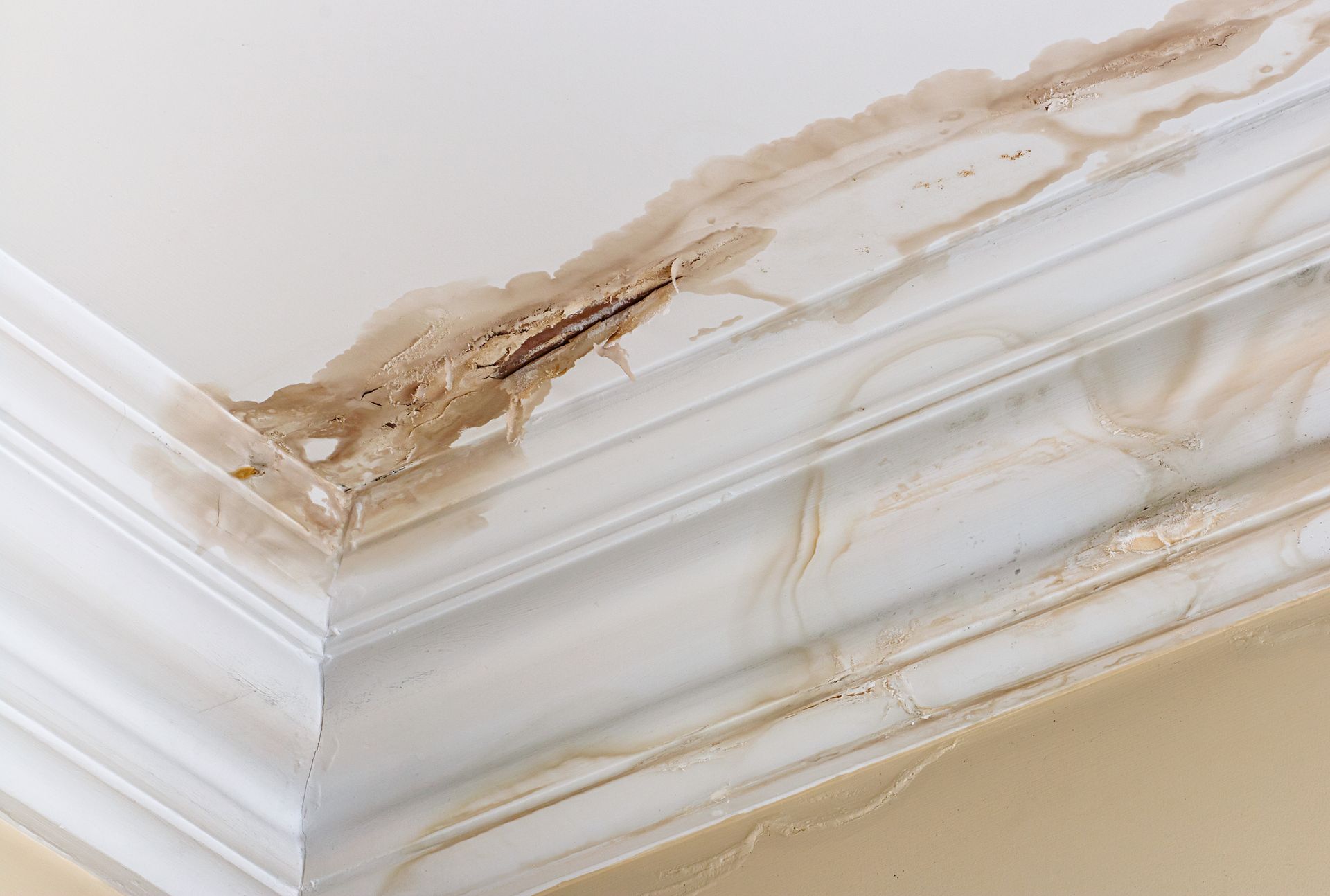Understanding the Seasonal Battle for Clean Living
Spring vs. Mold: Understanding the Seasonal Battle for Clean Living -Fresh Meadows, NY
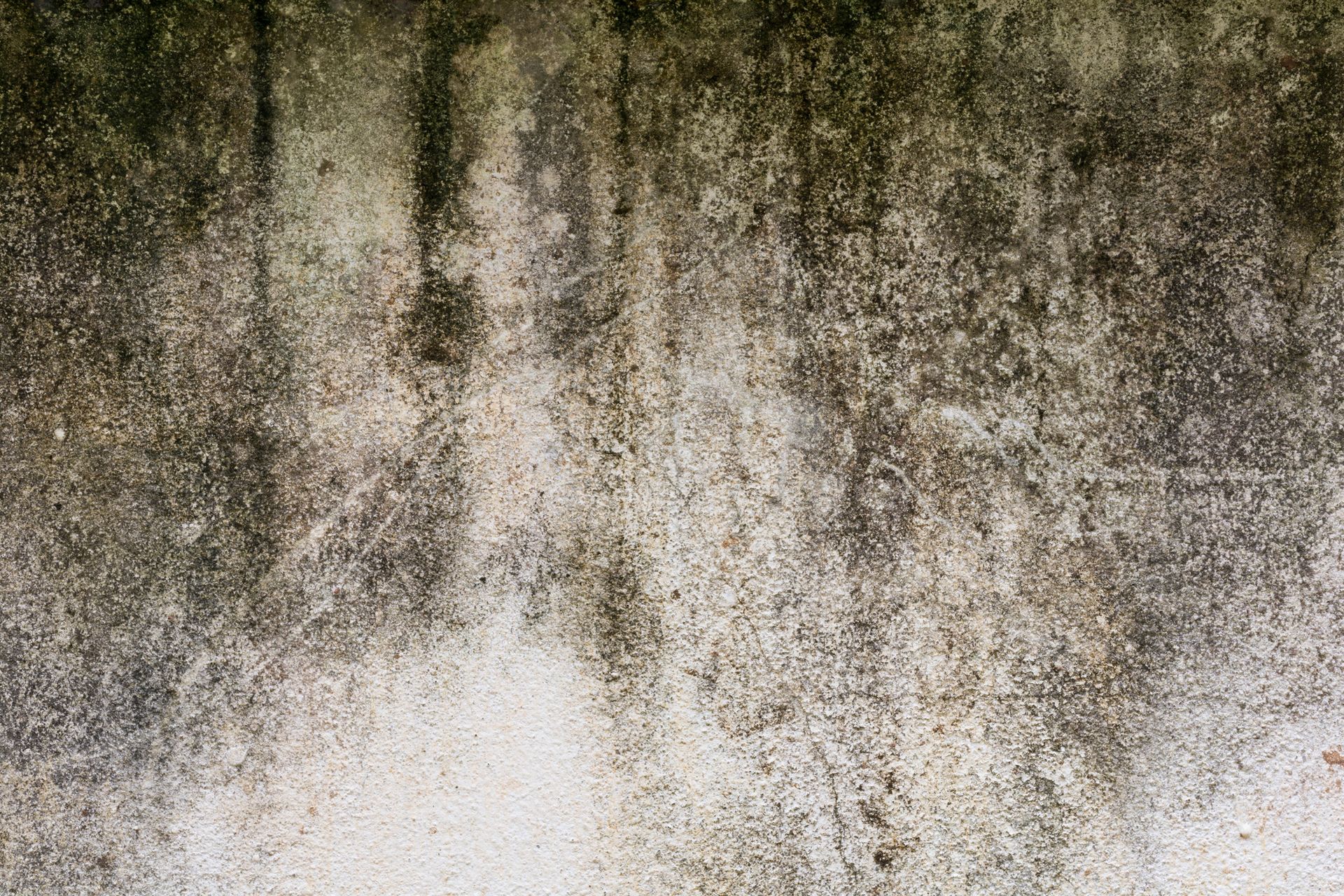
As the winter chill melts away and the world outside begins to bloom with vibrant colors, many of us eagerly welcome the arrival of spring. However, along with the beauty of this season comes a less welcome guest: mold. While spring signifies new beginnings and rejuvenation, it also marks the beginning of a seasonal battle against mold in our homes and environments.
Spring, with its warmer temperatures and increased humidity, creates the perfect breeding ground for mold spores. Mold thrives in damp, dark environments, making areas such as basements, bathrooms, and attics particularly susceptible to infestations during this time of year. As we open our windows to let in the fresh spring air, we unknowingly invite mold spores to take root and flourish in our living spaces.
Mold isn't just unsightly; it can also pose serious health risks. Exposure to mold can trigger allergic reactions, exacerbate respiratory issues such as asthma, and even lead to more severe health problems in some individuals. Therefore, it's crucial to understand the differences between the signs of spring and those of a mold infestation, as well as how to effectively combat mold growth to maintain a healthy living environment.
One of the key distinctions between spring and mold is the smell. While spring often brings with it the scent of fresh flowers and newly cut grass, mold has a distinct musty odor that is often described as earthy or damp. If you notice a lingering smell of mold in your home, particularly in areas prone to moisture buildup, it's essential to investigate further to identify and address any potential mold issues.
Another difference between spring and mold is their appearance. Spring brings an array of colorful blooms and lush greenery, while mold manifests as discolored patches on walls, ceilings, or other surfaces. Mold growth may appear fuzzy, slimy, or powdery, depending on the type of mold present. It's important to regularly inspect your home for signs of mold growth, especially in areas with poor ventilation or water leaks, to prevent it from spreading and causing further damage.
To effectively combat mold growth and maintain a healthy living environment, it's essential to take proactive measures to reduce moisture levels in your home. This can include using dehumidifiers in damp areas, repairing leaks promptly, and improving ventilation to promote airflow and prevent condensation buildup. Additionally, regularly cleaning and disinfecting surfaces can help prevent mold spores from taking hold and spreading throughout your home.
In conclusion, while spring signifies a time of renewal and growth, it also brings with it the seasonal challenge of mold growth in our homes and environments. By understanding the differences between the signs of spring and those of mold infestation, as well as taking proactive measures to mitigate moisture and prevent mold growth, we can ensure a healthy and happy start to the season. So, as you welcome the arrival of spring, don't forget to keep an eye out for any unwelcome guests lurking in the shadows, and take steps to keep your home mold-free for the season ahead. If your suspect you have mold in your home, give H2O Restoration a call!
